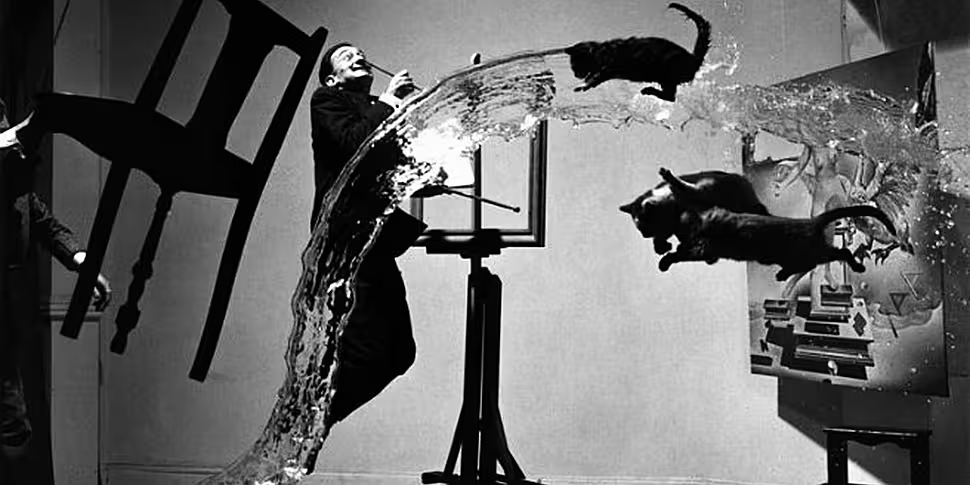In the early 1920s a new and bizarre style of art began to appear around the world. Inspired by dreams artists and writers began to create works of art that reflected the visions found in these wondrous worlds. Building on the work of the Dadaists, psychoanalysis, and other avant-garde schools this movement swept around the world changing music, language, art, film and literature as it went. The work of artists like Dali, Leonora Carrington, and Andre Breton continue to amaze and inspire today.
Patrick is joined by Dr Francis Halsall as ‘Talking History’ looks at the Surrealist movement in the third instalment of our ‘History of Art Night School’. What exactly is Surrealism? What did people hope to achieve with Surrealist art? Why was it so popular? And what has its lasting legacy been?
 ‘The Persistence of Memory' by Salvador Dali, 1931: oil on canvas, Museum of Modern Art, New York.
‘The Persistence of Memory' by Salvador Dali, 1931: oil on canvas, Museum of Modern Art, New York.
 'Two Children Are Threatened by a Nightingale' by Max Ernst, 1931: Oil on wood with painted wood elements and frame, Museum of Modern Art, New York.
'Two Children Are Threatened by a Nightingale' by Max Ernst, 1931: Oil on wood with painted wood elements and frame, Museum of Modern Art, New York.
 'Battle of Fishes' by Andre Masson, 1926: Sand, gesso, oil, pencil, and charcoal on canvas, Museum of Modern Art, New York.
'Battle of Fishes' by Andre Masson, 1926: Sand, gesso, oil, pencil, and charcoal on canvas, Museum of Modern Art, New York.
 'Anatomies' by Man Ray (Emmanuel Radnitzky), 1929: gelatin silver print, Museum of Modern Art, New York.
'Anatomies' by Man Ray (Emmanuel Radnitzky), 1929: gelatin silver print, Museum of Modern Art, New York.

'Object' by Meret Oppenheim, 1936. Fur-covered cup, saucer, and spoon, Museum of Modern Art, New York. © 2015 Artists Rights Society (ARS), New York / Pro Litteris, Zurich










